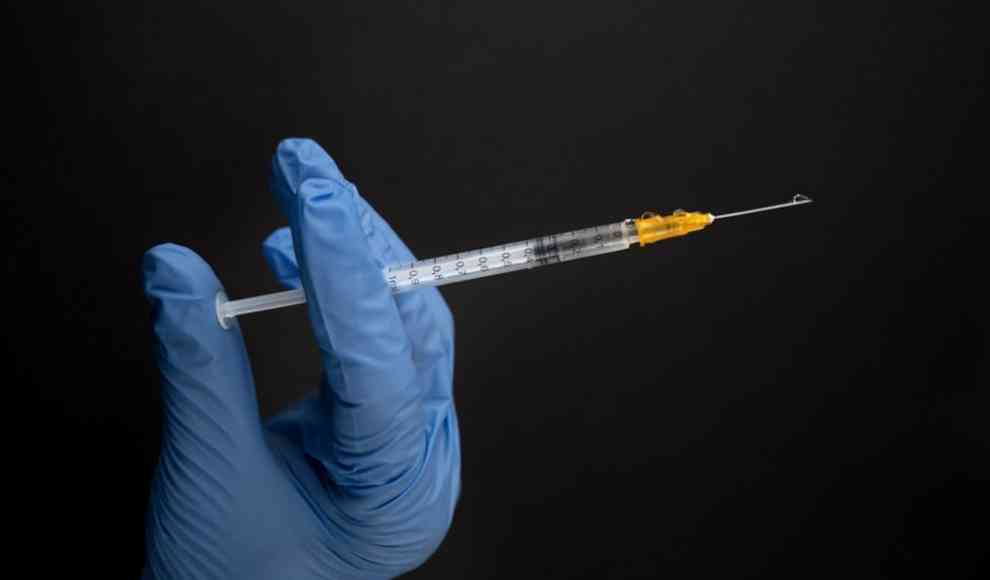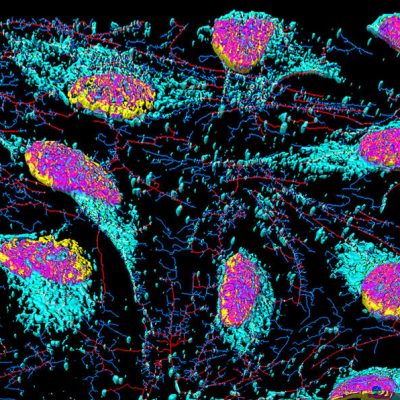AstraZeneca’s vector vaccine has been found to cause rare cases of cerebral venous thrombosis. A recent study has discovered the reasons behind this. According to data from the Paul-Ehrlich-Institut (PEI), 189 people have experienced blood clots in the brain after receiving the Covid-19 vaccine from AstraZeneca. These are very rare but serious complications that involve thrombosis in combination with thrombocytopenia (low blood platelet count). Scientists from the United States and the United Kingdom have found a possible explanation for the vaccine’s side effects, according to a publication in the journal Science Advances. It is highly likely that the platelet factor 4 (PF4) of the human coagulation system is central to the formation of blood clots in the brain.
Analyses show that the PF4 is attracted and activated by the adenoviruses used as vectors in the AstraZeneca and Johnson & Johnson vaccines. This could trigger a chain reaction that leads to the formation of blood clots. Moreover, such a process would consume many platelets, which would no longer be available to the body for blood clotting. Both the AstraZeneca and Johnson & Johnson vaccines, as well as the Russian Sputnik vaccine, are vector vaccines. These contain adenoviruses that introduce a part of the genetic information of the SARS-CoV-2 coronavirus into human cells. The authors suspect that during this process, the body attacks the PF4 with antibodies. This is likely due to the combination of the adenovirus, which the immune system recognizes as foreign, and the PF4. However, this “misplaced immunity” needs to be further investigated in additional studies, according to Alan Parker of Cardiff University.
In conclusion, the study sheds light on the mechanism behind the rare but serious side effects of the AstraZeneca vaccine. The findings suggest that the PF4 plays a central role in the formation of blood clots in the brain. This could help in the development of new vaccines that avoid this complication. However, further research is needed to fully understand the interaction between the adenovirus and the PF4, as well as the immune response to this combination.










